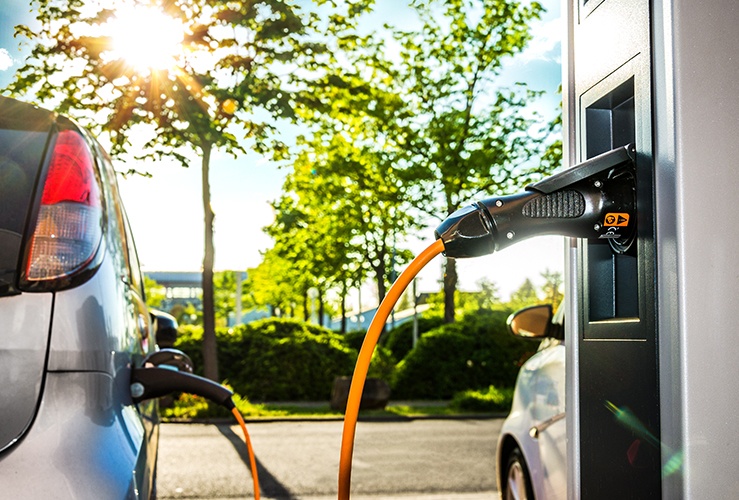Road trips and weekend getaways by car are among summer's greatest pleasures.
But if you've recently switched from petrol or diesel to electric - or you're thinking about doing so - you may be wondering: how does summertime EV driving differ from the traditional combustion engine? Are there any precautions I should take?
Batteries and hot weather
One of the key differences between combustion engine cars and EVs is of course the large battery electric vehicles need to keep running.
Higher summer temperatures can put additional stress on these lithium-ion cells.
Thankfully, many electric cars have built-in thermal management systems which help ensure the temperature stays within safe limits.
You can take additional steps to help keep your battery cool - by parking in the shade and installing sunshades to reduce the EV's exposure to the sun.
Another note on shaded parking
Aside from keeping your battery cool, parking in the shade can help keep your cabin temperature down - which will mean less drain on your battery (and its range). This, along with the use of sunshades, should also help protect the cabin materials from getting sun damaged.
Changes to your range
Running your EV in hot weather may also impact how far you can go. It’s commonly held that because the air conditioning is likely to be running more often in summer, the battery is likely to drain more quickly - in turn reducing your range.
However, some studies suggest that range is actually better in warmer weather.
In one report on the Tesla Model Y, range was 186 miles in cold weather; 252 miles in mild weather; and 274 miles in hot weather.
But while the jury may still be out on how heat impacts an EV's range, it is believed that operating an EV in warmer temperatures will age the battery more quickly. However, whether you live in Barbados or Basingstoke, there's not much you can do about your country's climate!
Range can also be affected by...
Temperature is not the only factor impacting an EV's range. Aerodynamics, gradient, cargo, passengers, speed and congestion can all affect how far you can go on a single charge.

Avoid charging when the battery is hot
The lifespan of your car's battery may be adversely affected if you often recharge it when it is already hot. Instead, aim to juice-up your electric vehicle at cooler times of the day.
In particular, aim to avoid rapid or high-power charging when the cell is already hot.
Pre-cool while still connected
In hot weather, aim to pre-cool your cabin while still plugged into the home charger or charge point. Doing this will help you conserve energy and enjoy better range - since you won’t be draining the battery to precool while on the road. And of course, your cabin will be a pleasant temperature!
Keep an eye on your tyre pressure
This one goes for combustion engine vehicles as much as it does for EVs.
Ensure your tyres are optimally inflated, since deflated tyres increase rolling resistance, in turn reducing energy efficiency and range.
It's also important to note that higher temperatures can elevate tyre pressure.
Read your owner's manual
The above are general tips for keeping your EV in good working order over the summer - and helping to prolong the lifespan of its key components.
For more specific guidance on how to look after your EV, consult your owner's manual.
Some models may require more hands-on care than others (e.g. if your car has a thermal management system you may not need to worry about summertime heat as much as someone whose EV does not have one).




